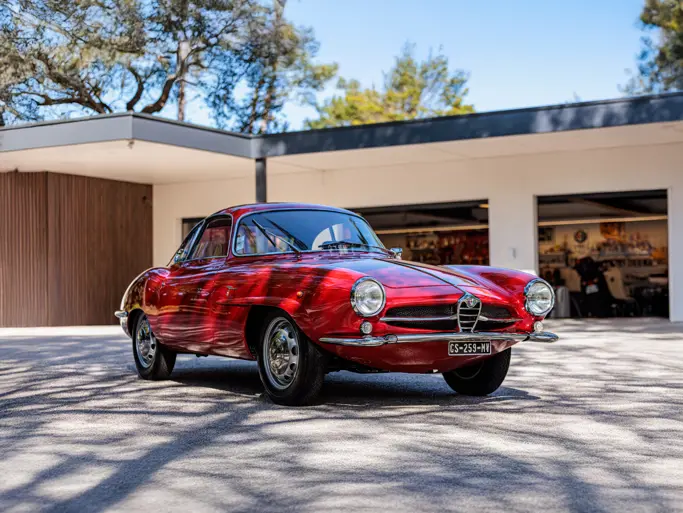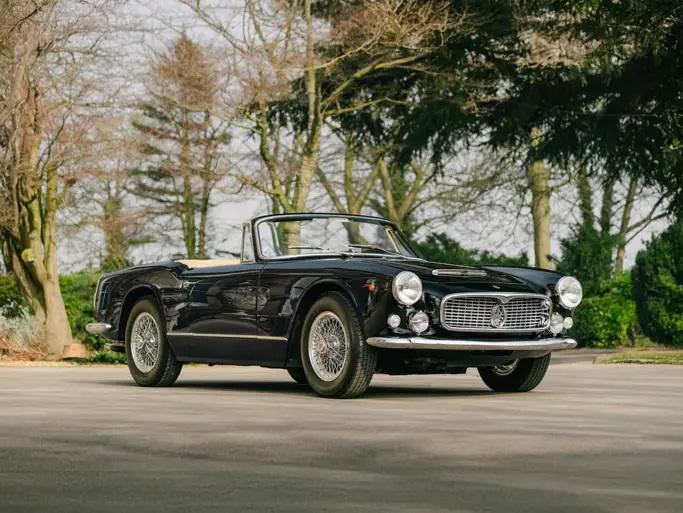A unique four-seat example by aeronautical and automotive genius Gabriel Voisin.
SPECIFICATIONS
Manufacturer: Aeromécanique
Origin: Paris, France
Production: 16
Motor: Villiers 2-cyl., 2-stroke
Displacement: 197 cc
Power: 9 hp
Length: 8 ft. 6 in.
Identification No. 217.57.75
Gabriel Voisin was an eccentric genius who walked his own path through the 20th century.
His education was at the École des Beaux Arts. The influence of his architectural studies would be seen throughout his many works, particularly in the modular approach to car design, where separate components, each with their own function, were skilfully arranged to form a whole. His first sight of an early airplane, the steam-powered Eole, which had flown 50 yards, convinced him that he must work with dynamic objects, not static ones. He built airplanes, which were chosen by the French military, and he was a millionaire by the end of the First World War.
Voisin abruptly left aviation and began the manufacturing of automobiles at his factory in Issy-les-Moulineaux, along with engineer André Lefebvre, who would later go on to design the 2CV and DS/ ID for Citroën. They built their cars according to a number of principles, which emphasized chassis dynamics and aerodynamic stability, with disregard and even contempt for conventional thinking.
The Voisin cars of the twenties and thirties rank as some of the most original, inventive, and brilliantly conceived automobiles ever built, and they are amongst the most highly prized collector cars of today. The Knight sleeve-valve engines were favoured. Cars were fitted with Dynastarts, and they had auxiliary gearboxes, which doubled speeds. The principle of “infinite simplicity” was obeyed in engineering, as well as in the efficient monocoque bodywork. His Lumineuse car had a remarkable glass area and angular “prismatic” contours, which spoke of Frank Lloyd Wright and Le Corbusier. Body design would reach its greatest heights with the huge, low-slung, and eccentric grand tourers penned by Gabriel’s faithful designer Noël. The cars were relentlessly tested in competitions.
But business affairs were not “infinitely simple” in the thirties, and Voisin lost control of his company to veteran aircraft engine builders Gnôme et Rhône. He continued working there during the war. Afterwards, the company was nationalized under the aeronautical corporation SNECMA, but Voisin still worked for them at Issy, in research, until the plant finally closed in 1958.
Post-war, Gabriel Voisin designed the brilliant Biscooter, or double-scooter. It was a startling new concept in minimalist personal transportation, and its appearance at the 1950 Salon du Cycle et de la Moto was a sensation, with over 1,000 orders placed. It appeared to be just a bare chassis with two chairs and a perfectly flat windbreak-cum-windshield, all in polished aluminum and covered by a voluminous canvas top. But every detail was very carefully thought out according to Voisin’s principle of “infinite simplicity,” with modular components each arranged according to its function.
But the new directors of his nationalized company did not see its merits, and they would not put this product, which could have saved the company, into production. Instead, they designed and built their own conventional small car and displayed it at the 1952 Salon, where it garnered little attention and utter contempt from Voisin.
Frustrated, he sold the rights to the Spanish company Autonacional in 1951, who would build many thousands of them with redesigned, more enclosed bodywork, as it suited perfectly the needs of the country at the time. Voisin continued developing the Biscooter for several years, building single-, triple-, and four-seater versions.
This particular example came from a French museum. It is a unique four-seater prototype that was possibly developed for the Spaniards but rejected for cost reasons, featuring full, near-circular doors, basket weave seats, a speedometer in the steering wheel, and a wealth of fascinating artistic and engineering detail. It is a truly exceptional car that pays homage to a visionary genius.


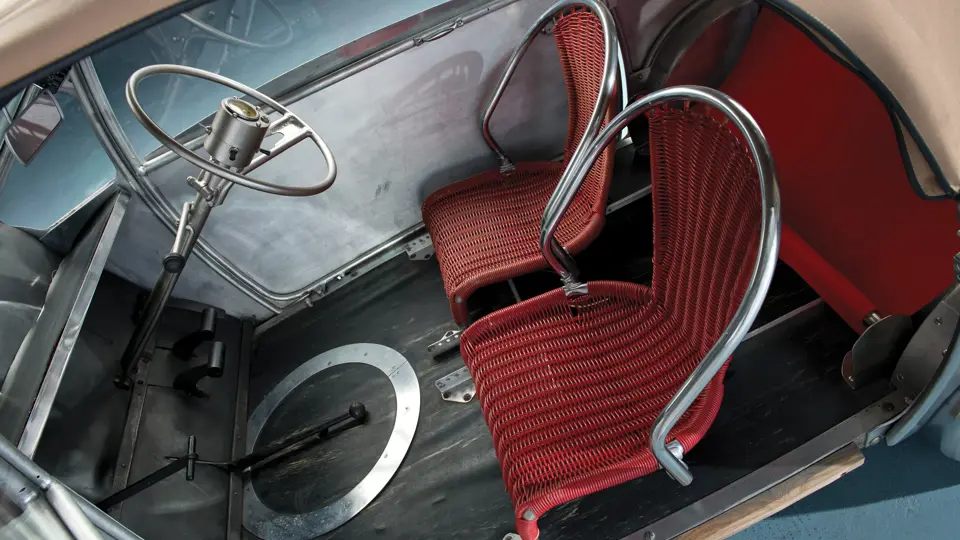

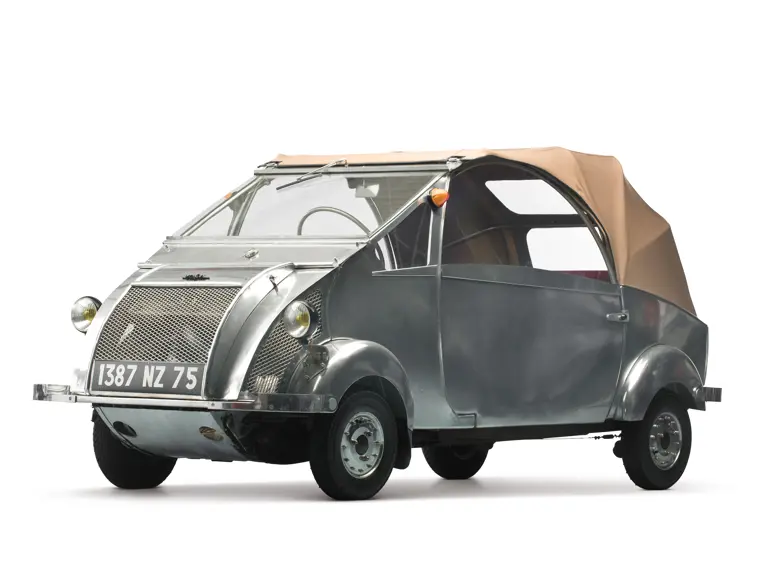

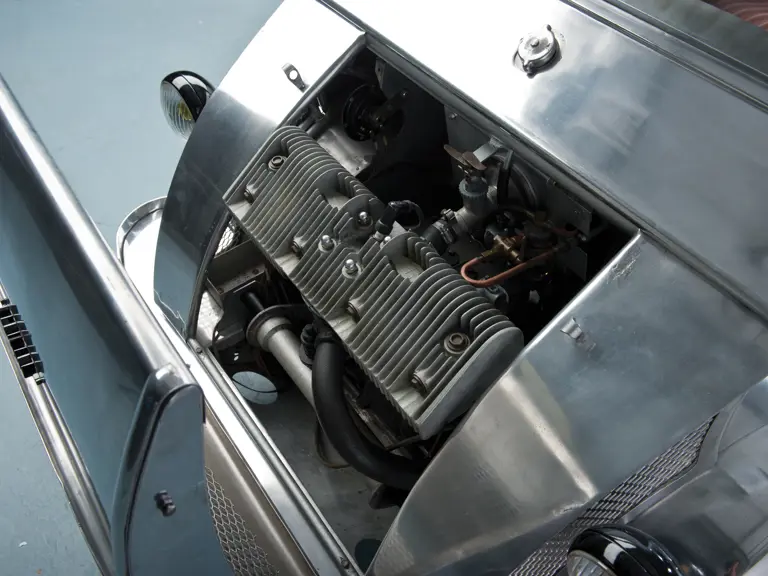
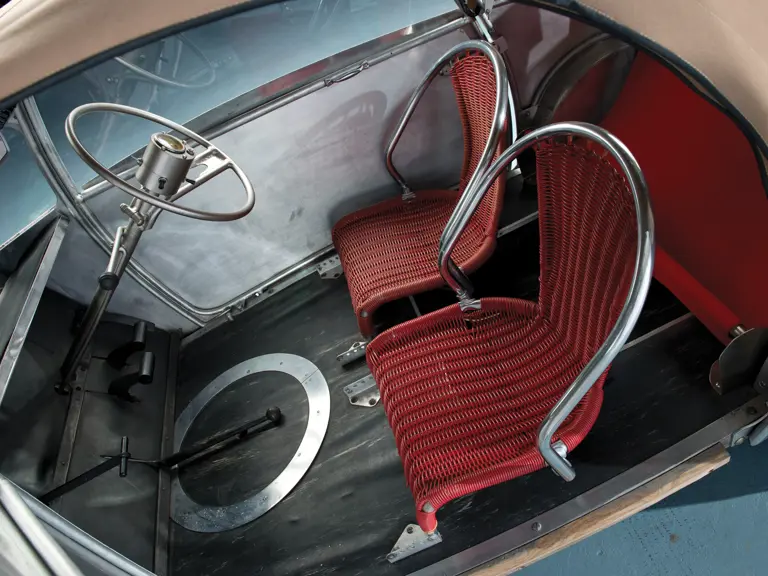





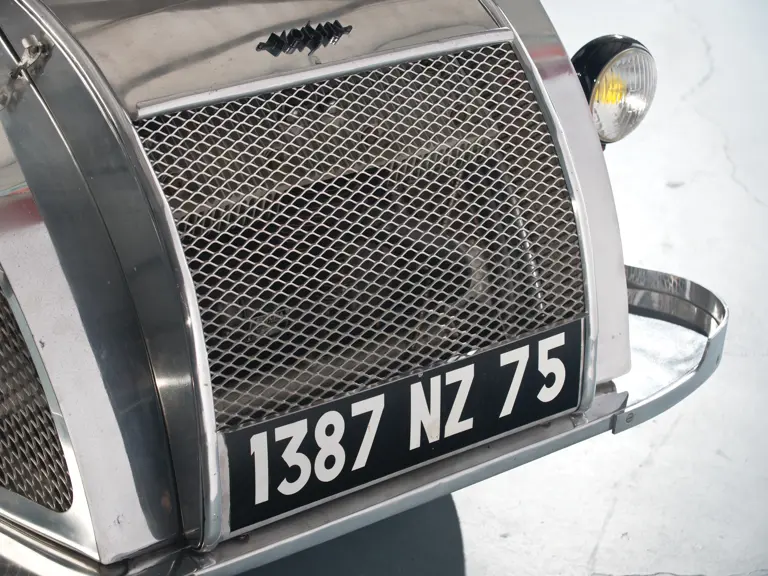

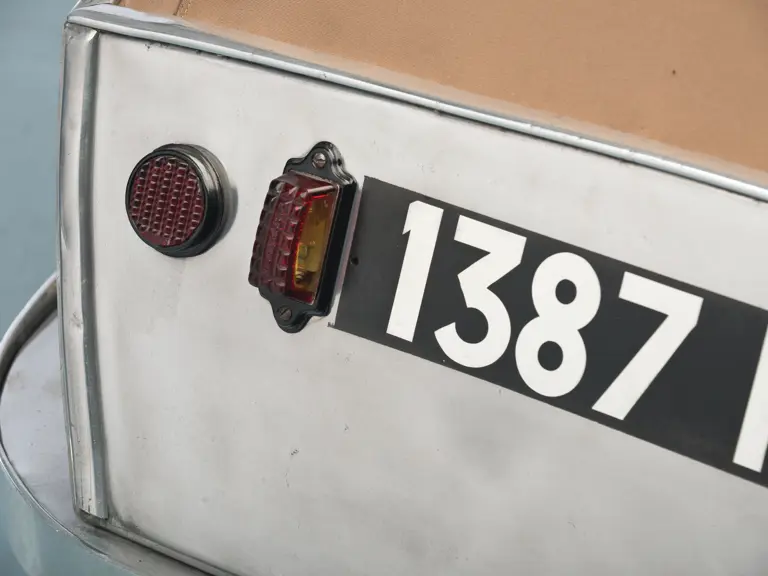

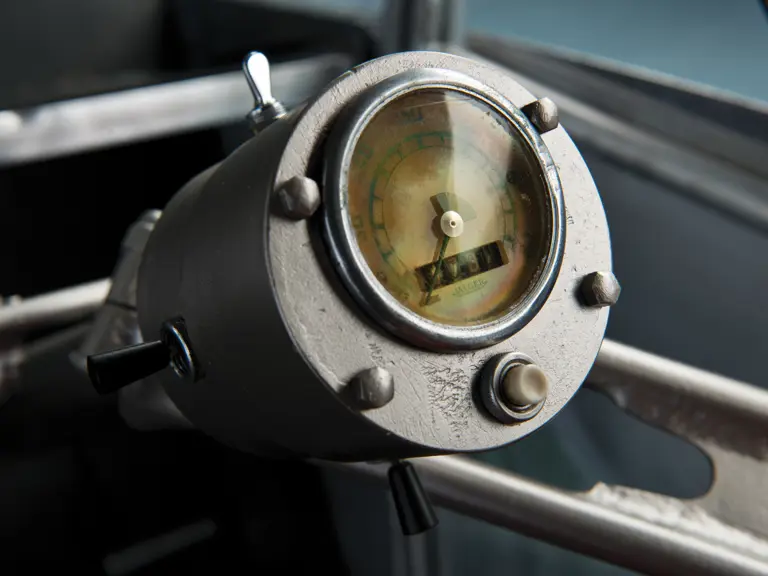



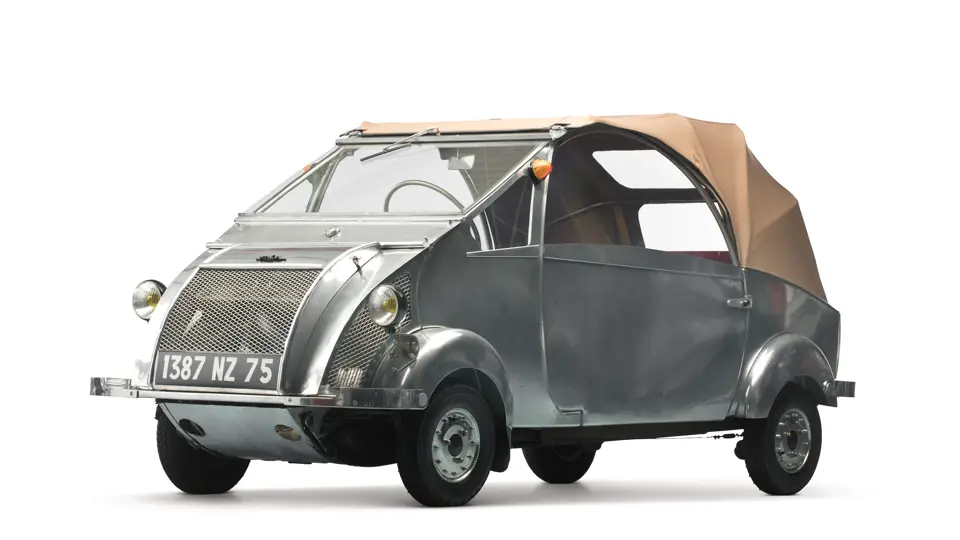
 | Madison, Georgia
| Madison, Georgia
















